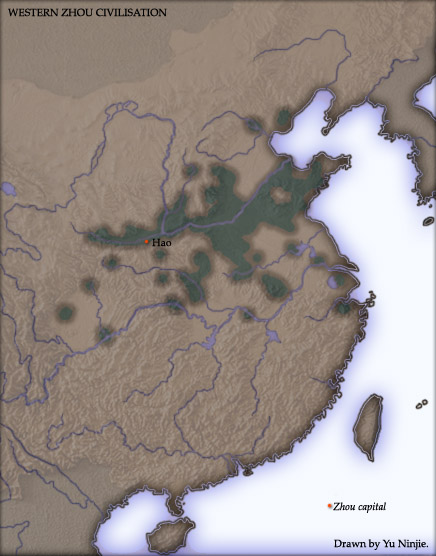檔案:China 2a.jpg
China_2a.jpg (436 × 556 chhiong-su, vùn-khien thai-séu: 75 KB, MIME lui-hîn: image/jpeg)
Vùn-khien li̍t-sṳ́
Tiám-khim ngit-khì / sṳ̀-kiên lòi chhà-khon tông-sṳ̀ chhut-hien-ko ke vùn-khien.
| Ngit khì / Sṳ̀-kiên | Suk-lio̍k-thù | Vì-thu | Yung-fu | Yi-kien | |
|---|---|---|---|---|---|
| tông-chhièn | 2005年10月4日 (Ngi) 00:22 |  | 436 × 556(75 KB) | Saperaud~commonswiki | The Zhou Dynasty conquered the Shang Dynasty in the eleventh century BC. after its victory, the Zhou never attempted to rule its annexations directly. Instead, it invested members of the royal family, favoured adherents, and allies with the author |
Vùn-khien yung-chhú
Hâ poi ke 1-chak ya̍p-mien lièn-chiap to pún vùn-khien:
Chhiòn-vet tóng-on sṳ́-yung chhong-khóng
Hâ-lie̍t khì-thâ Wiki chûng sṳ́-yung liá-chak tóng on:
- als.wikipedia.org ke sṳ́-yung chhong-khóng
- ar.wikipedia.org ke sṳ́-yung chhong-khóng
- ba.wikipedia.org ke sṳ́-yung chhong-khóng
- be.wikipedia.org ke sṳ́-yung chhong-khóng
- bo.wikipedia.org ke sṳ́-yung chhong-khóng
- br.wikipedia.org ke sṳ́-yung chhong-khóng
- bs.wikipedia.org ke sṳ́-yung chhong-khóng
- cs.wikipedia.org ke sṳ́-yung chhong-khóng
- cy.wikipedia.org ke sṳ́-yung chhong-khóng
- da.wikipedia.org ke sṳ́-yung chhong-khóng
- de.wikipedia.org ke sṳ́-yung chhong-khóng
- en.wikipedia.org ke sṳ́-yung chhong-khóng
- fa.wikipedia.org ke sṳ́-yung chhong-khóng
- fi.wikibooks.org ke sṳ́-yung chhong-khóng
- fr.wikipedia.org ke sṳ́-yung chhong-khóng
- fy.wikipedia.org ke sṳ́-yung chhong-khóng
- gl.wikipedia.org ke sṳ́-yung chhong-khóng
- he.wikipedia.org ke sṳ́-yung chhong-khóng
- hi.wikipedia.org ke sṳ́-yung chhong-khóng
- hu.wikipedia.org ke sṳ́-yung chhong-khóng
- hy.wikipedia.org ke sṳ́-yung chhong-khóng
- id.wikipedia.org ke sṳ́-yung chhong-khóng
- incubator.wikimedia.org ke sṳ́-yung chhong-khóng
- it.wikipedia.org ke sṳ́-yung chhong-khóng
- ja.wikipedia.org ke sṳ́-yung chhong-khóng
- jv.wikipedia.org ke sṳ́-yung chhong-khóng
- km.wikipedia.org ke sṳ́-yung chhong-khóng
- ko.wikipedia.org ke sṳ́-yung chhong-khóng
- lt.wikipedia.org ke sṳ́-yung chhong-khóng
- ms.wikipedia.org ke sṳ́-yung chhong-khóng
- nl.wikipedia.org ke sṳ́-yung chhong-khóng
- pnb.wikipedia.org ke sṳ́-yung chhong-khóng
- pt.wikipedia.org ke sṳ́-yung chhong-khóng
- pt.wikibooks.org ke sṳ́-yung chhong-khóng
- ru.wikipedia.org ke sṳ́-yung chhong-khóng
Kiám-sṳ liá vùn-khien ke kiên-tô chhiòn-vet sṳ́-yung chhong-khóng.




